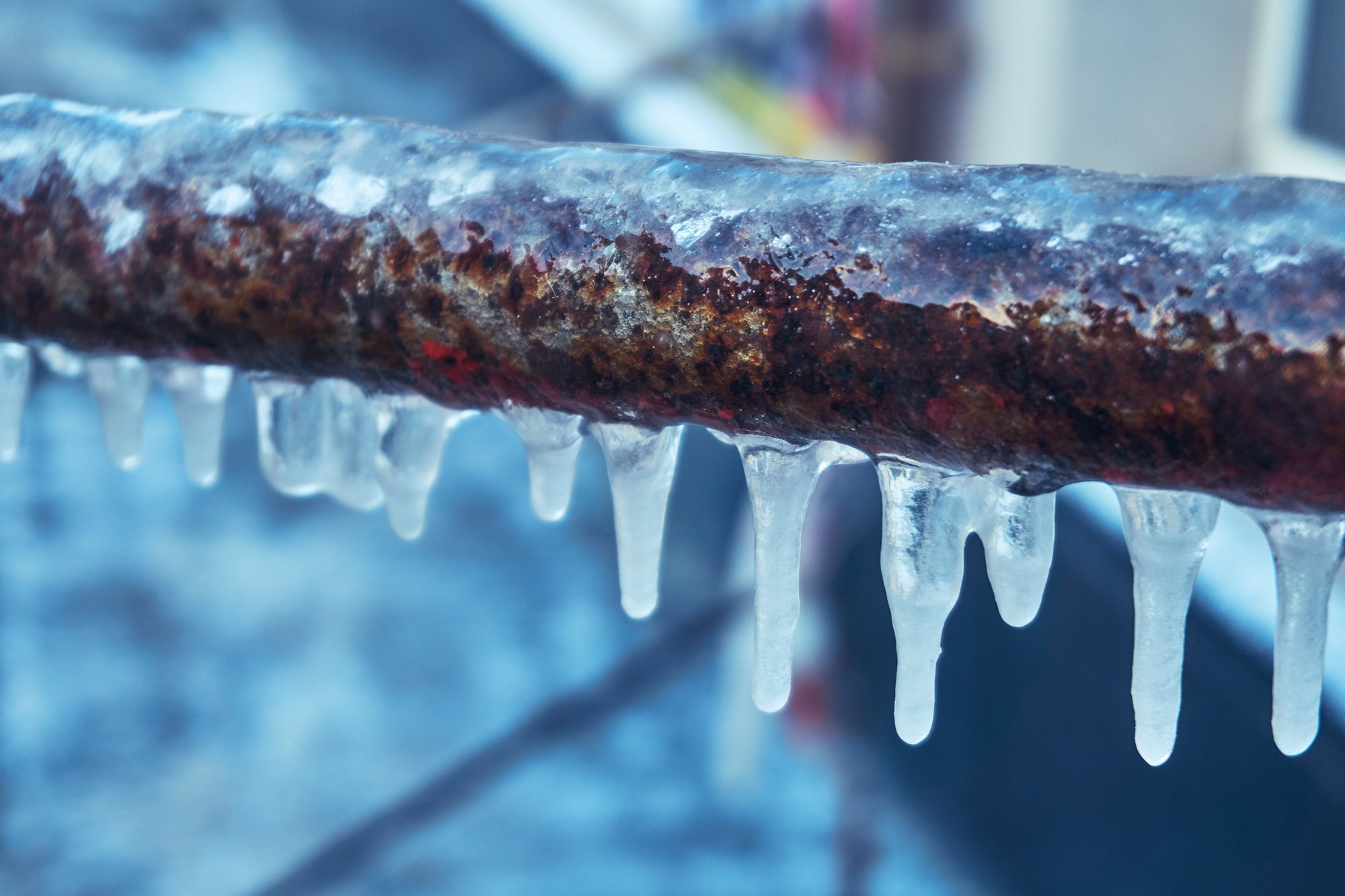Tips to Keep Pipes from Freezing Damage: Crucial Advice
Request Free EstimateThe publisher is making a number of great pointers regarding Helpful Tips to Prevent Frozen Pipes this Winter as a whole in this article which follows.

Cold weather can wreak havoc on your plumbing, especially by freezing pipes. Here's just how to avoid it from happening and what to do if it does.
Intro
As temperatures drop, the risk of icy pipes increases, potentially causing pricey repair services and water damages. Understanding just how to avoid icy pipelines is important for homeowners in chilly climates.
Avoidance Tips
Insulating vulnerable pipelines
Cover pipes in insulation sleeves or use heat tape to protect them from freezing temperatures. Concentrate on pipes in unheated or outside areas of the home.
Heating techniques
Maintain interior areas adequately warmed, specifically areas with pipes. Open up cupboard doors to allow warm air to circulate around pipelines under sinks.
Exactly how to recognize icy pipelines
Try to find decreased water flow from taps, uncommon odors or sounds from pipes, and visible frost on revealed pipelines.
Long-Term Solutions
Architectural modifications
Think about rerouting pipes away from exterior wall surfaces or unheated locations. Add additional insulation to attic rooms, basements, and crawl spaces.
Upgrading insulation
Invest in top quality insulation for pipes, attic rooms, and walls. Appropriate insulation aids keep regular temperature levels and reduces the risk of frozen pipes.
Protecting Outside Pipes
Garden hose pipes and outside faucets
Disconnect and drain garden tubes before winter season. Mount frost-proof spigots or cover outside faucets with protected caps.
Comprehending Icy Pipelines
What creates pipes to ice up?
Pipelines freeze when subjected to temperatures listed below 32 ° F (0 ° C) for extended periods. As water inside the pipelines ices up, it broadens, taxing the pipeline walls and potentially causing them to break.
Risks and damages
Icy pipes can lead to water system disruptions, residential property damage, and expensive fixings. Burst pipelines can flooding homes and create substantial architectural damages.
Indications of Frozen Water Lines
Recognizing icy pipelines early can stop them from breaking.
What to Do If Your Pipes Freeze
Immediate actions to take
If you suspect frozen pipes, keep taps open to alleviate stress as the ice melts. Make use of a hairdryer or towels taken in hot water to thaw pipes slowly.
Final thought
Avoiding frozen pipelines needs positive steps and fast reactions. By recognizing the causes, indicators, and safety nets, house owners can secure their plumbing during winter.
5 Ways to Prevent Frozen Pipes
Drain Outdoor Faucets and Disconnect Hoses
First, close the shut-off valve that controls the flow of water in the pipe to your outdoor faucet. Then, head outside to disconnect and drain your hose and open the outdoor faucet to allow the water to completely drain out of the line. Turn off the faucet when done. Finally, head back to the shut-off valve and drain the remaining water inside the pipe into a bucket or container. Additionally, if you have a home irrigation system, you should consider hiring an expert to clear the system of water each year.
Insulate Pipes
One of the best and most cost-effective methods for preventing frozen water pipes is to wrap your pipes with insulation. This is especially important for areas in your home that aren’t exposed to heat, such as an attic. We suggest using foam sleeves, which can typically be found at your local hardware store.
Keep Heat Running at 65
Your pipes are located inside your walls, and the temperature there is much colder than the rest of the house. To prevent your pipes from freezing, The Insurance Information Institute suggests that you keep your home heated to at least 65 degrees, even when traveling. You may want to invest in smart devices that can keep an eye on the temperature in your home while you’re away.
Leave Water Dripping
Moving water — even a small trickle — can prevent ice from forming inside your pipes. When freezing temps are imminent, start a drip of water from all faucets that serve exposed pipes. Leaving a few faucets running will also help relieve pressure inside the pipes and help prevent a rupture if the water inside freezes.
Open Cupboard Doors
Warm your kitchen and bathroom pipes by opening cupboards and vanities. You should also leave your interior doors ajar to help warm air circulate evenly throughout your home.

Do you like reading up on How To Avoid Freezing Pipes? Create feedback down the page. We would be pleased to listen to your thoughts about this write-up. We hope to see you back again in the future. Liked our piece? Please quickly share it. Let another person locate it. Many thanks for taking the time to read it.
Request Appointment